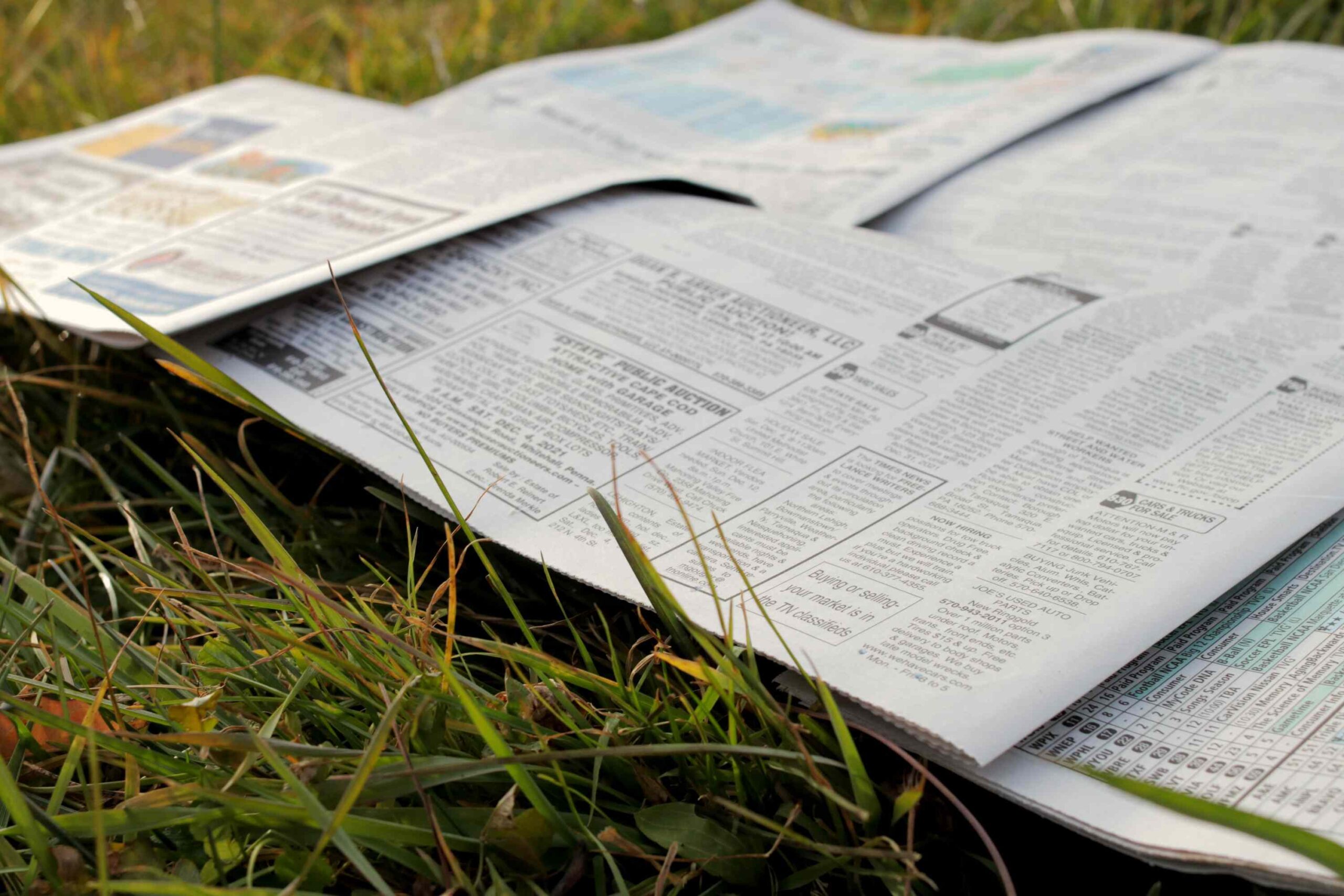Key Points
- Newspapers work as compost and mulch, enriching soil and blocking weeds.
- Fold or shred them for seedling cups, pot liners, or pest control.
- Wrap bulbs in winter or line worm bins to prevent rot and absorb moisture.
Gardening not only results in beautiful flowers, shrubs, and vegetables—it also provides opportunities to reuse household items in unexpected ways. For instance, your daily newspaper’s usefulness doesn’t stop at just offering the latest news. It can enrich a garden and its plants using several different, but super-easy methods.
But it’s important to note that such techniques should only be used with plain newspaper paper and not any glossy magazines or advertising materials, which aren’t good for the garden.
“Some of those glossy magazine-type prints or those advertisements will usually have a little bit of a plastic coating,” Dr. James S. Mastaler, the founder of Pistils & Pollen, says noting that newsprint uses a soy-based ink, which is more natural, and the paper is biodegradable, unlike plastic.
So, how can you reuse newspapers in the garden? We spoke to Mastaler and other gardening experts about how to best use old news to benefit plants.
Meet the Expert
- Dr. James S. Mastaler is the founder of Pistils & Pollen.
- Adam Weiss is a certified master gardener and the founder of Pike Lane Gardens, which runs corporate wellness programs rooted in sustainability.
Composting
Experts suggest using old newspapers for composting to help enrich the soil. Compost needs a ratio of three parts “brown” (items like chopped leaves, straw leaves old sticks) to one part “green” (food scraps, like vegetables and fruits). Newspaper can be considered part of the “brown” category and is very important.
“Newspaper will eventually break down and you can put this mixture back into your soil, which is going to embellish it,” Adam Weiss, a certified master gardener and the founder of Pike Lane Gardens, says.
Want more gardening tips? Sign up for our free gardening newsletter for our best-growing tips, troubleshooting hacks, and more!
Sheet Mulch for Weed Prevention
Both experts recommend using old newspapers in the sheet mulching process, which involves laying down layers of flat, organic material—like newspapers or cardboard—to suppress any weed growth in the garden. Mastaler suggests using five to seven sheets to create a thick layer on the soil, then cover it with mulch.
“It helps sometimes to wet it down a little bit so that it stays put and doesn’t blow away on you, and then that gives you time to cover it with any other sort of mulch, wood chips, or grass clippings,” he says.
However, the newspaper doesn’t have to just lie flat. Weiss suggests shredding it like chopped straw and putting it around plant containers or beds.
Starter Trays for Seedlings
Instead of buying small plastic trays for seedlings, experts have seen many gardeners use old newspapers to make them. Just shape the newspaper into a little container to hold the sprouts.
“You can make a starter cup by folding the newspaper a certain way, and you can put your potting soil right into the cup,” Weiss says.
Vermicomposting
Old newspapers can also be helpful when taking on another form of composting, vermicomposting with red wiggler worms. Mastaler notes that many people use fallen leaves for this process, but shredded newspaper can be used in its place.
“I love to use newspaper clippings, especially because they can also serve as a type of bedding for those red wigglers when you’re just starting that compost pile out,” he says, noting the material can also be utilized to keep pests, like fungus gnats, away and absorb excess water from any “green” matter in the compost.
Overwintering Tubers and Perennials
Winter can be brutal to some perennial plants, bulbs, and tubers, like Dahlias, so Malaster suggests using newspaper to help keep them safer as the temperatures get colder. Newspaper is a breathable material and can absorb any excess moisture, which is important.
“You dig them up and then you wrap them in the newspaper and then you can store them together in a container,” Malaster says. “What that newspaper is going to do is protect the other bulbs or tubers in your collection from rot, if one ends up rotted.”











